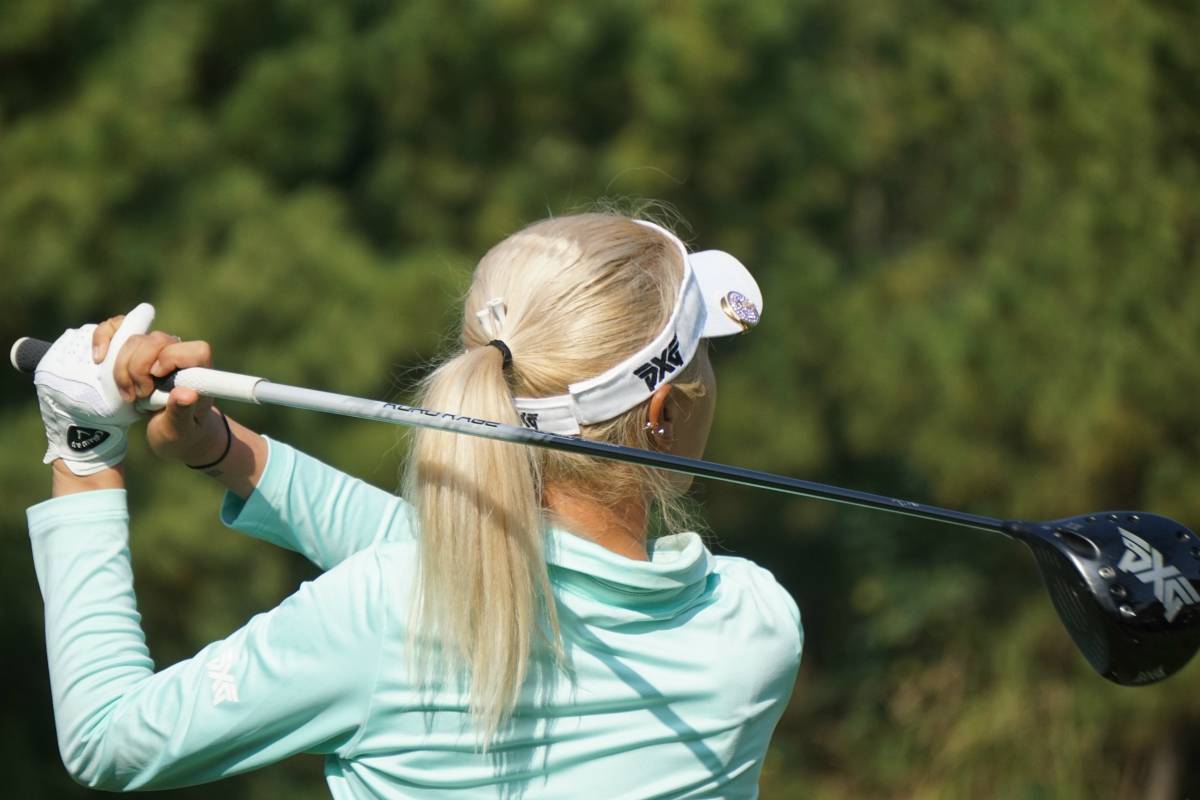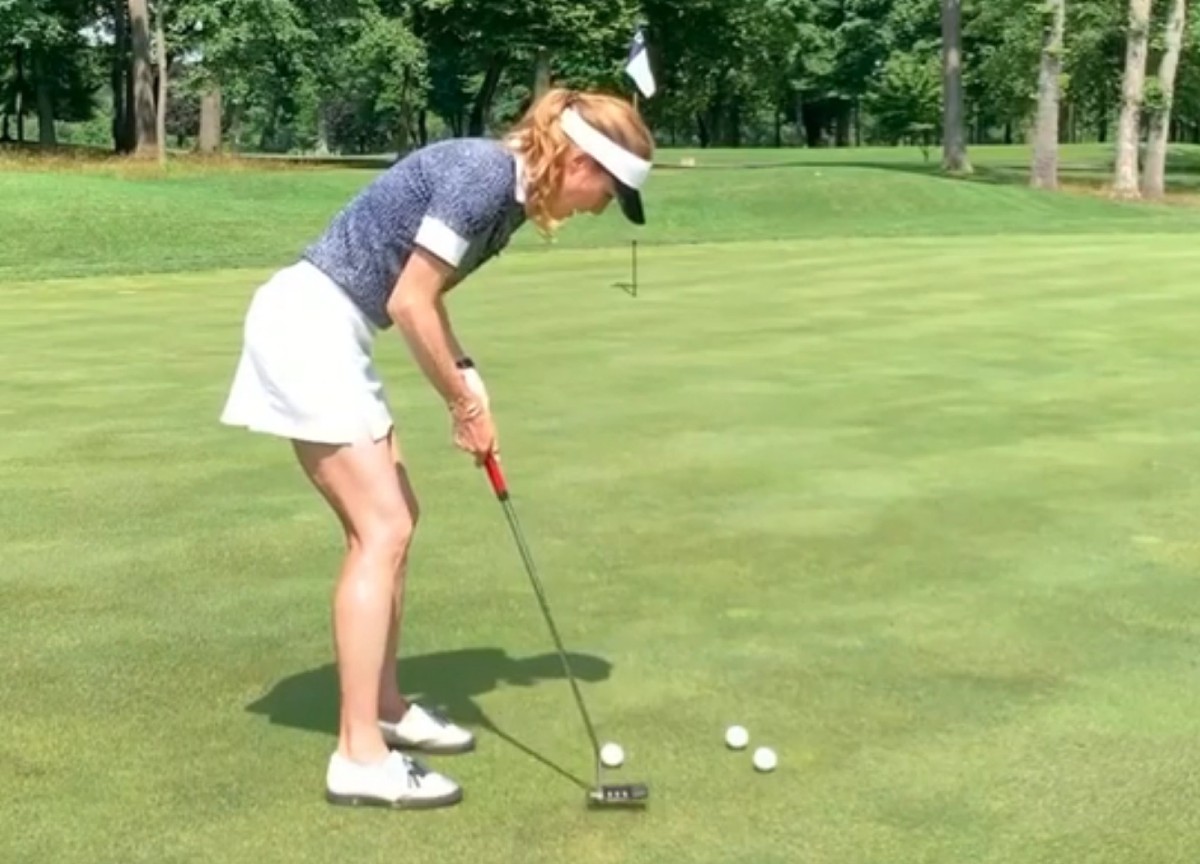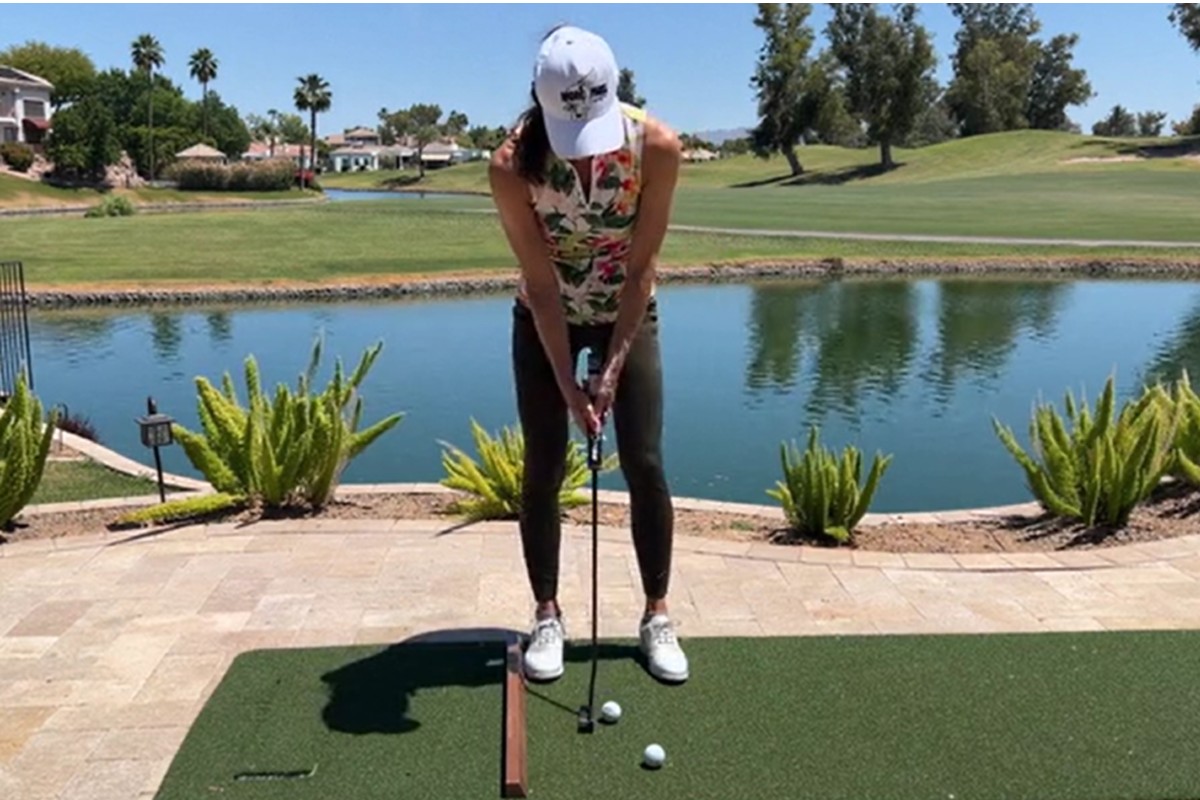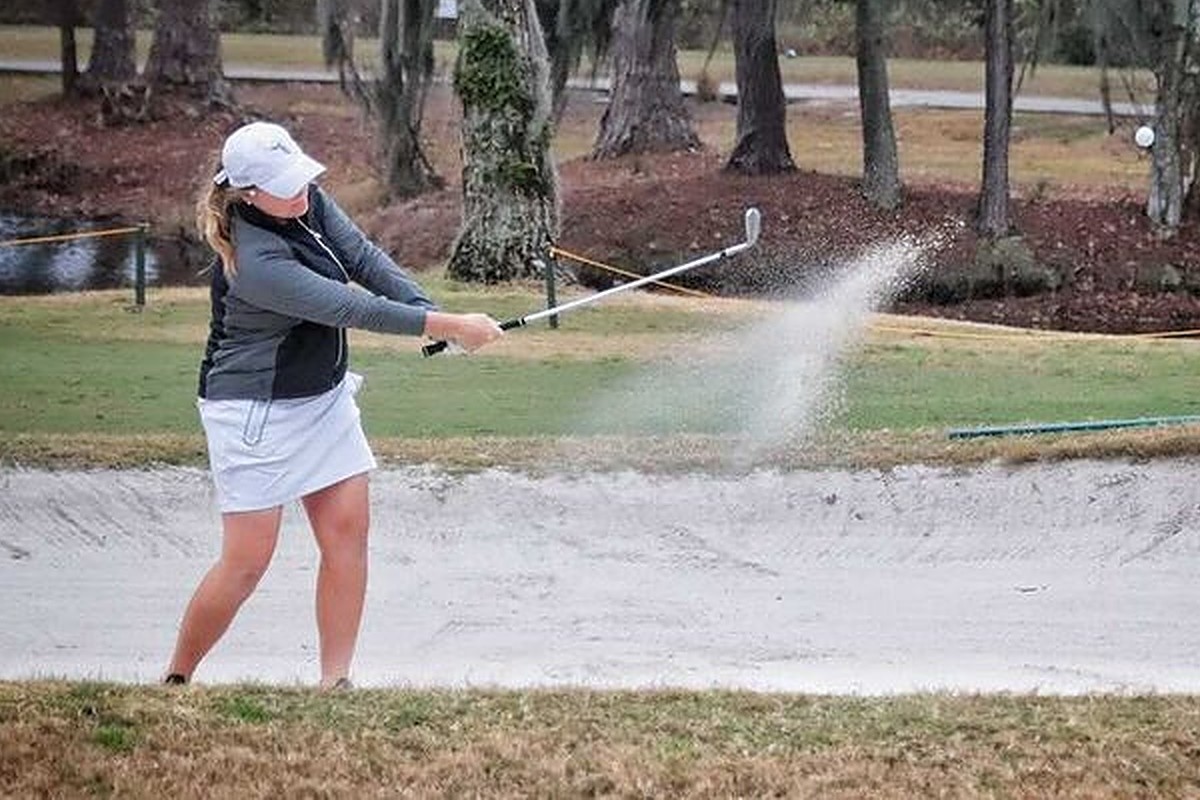I love seeing new players join the LPGA. Nothing is more exciting than watching a player earn her card for the following year. The years of practice, the continuing motivation to improve, and the competitive spirit are finally realized with that moment she realizes she’s moving to the next level. It’s what she’s worked for, in many cases, for years. There have been many early morning drop-offs at the local course and many late evenings spent putting until she cannot see the ball anymore.
While the road ahead is still long, the journey has been worth it. And for the seasoned players, it is inspiring to see them play well in later stages of their careers due to persistence and solid determination. Performing at the highest level should propel players into an elite category of sport and they should be judged on that performance as they build their personal brand story and/or legacy.
However, for elite female athletes, performance isn’t enough.

A study entitled, “How I perform is not enough: Exploring branding barriers faced by elite female athletes” addressed this issue. The study was based upon Social Role Theory which states that in a sports context, social roles are associated with behaviors linked with being a female athlete or a male athlete. The expected social gender roles for women are defined as being affectionate, helpful, kind, and gentle to name a few. For the men, expected roles are strength, confidence, and assertiveness.
In this study, the authors interviewed 11 elite female athletes (and 3 female sports agents) to explore how these social roles impact their personal brand efforts and its relation to performance. For the sake of anonymity, names were changed. However, the authors did reveal that WNBA, soccer, softball, and Olympic athletes were interviewed.
The study found that these female elite athletes said they could not rely only on performance to build a personal brand. One interviewee said that female athletes have to, “do more to build their brand because they can’t necessarily build their brand through pure athleticism. They have to do more than that. They have to go out and help in the community, or they have to be really, really smart or pretty. They can’t just play the sport and have a big brand.”
All respondents felt male athletes did not rely on branding because as one player stated, “they make plenty of money just competing in their sport.” Another noted, “there are plenty of male athletes who do not understand branding, but they are making the major league minimum of half $1 million a year, so it doesn’t matter as much to them.” For another participant, “visibility is probably the biggest issue. You can’t turn on your TV to the women’s sports network channel.” As one of the agents noted, “It doesn’t matter how interesting the player is or what their personality is or what the brand is if the sport or league does not provide them a visible platform to showcase their brand.”
Personal branding requires the athlete to voice strengths and uniqueness. These branding methods are usually conveyed through performance, on and off the field via media coverage. And as you may remember from a previous article I wrote, with women’s sports receiving a paltry amount of media coverage as compared to men, you can see the first barrier has already been created before she even became an elite athlete.
Overall, the study found several main themes which inhibit elite female athletes from brand building. These are social roles like being bold/assertive and the assumption that physical attractiveness matters. Other barriers include visibility in media and proper brand management from the league, organization or agents. These themes, or shall we call them barriers, do not tend to exist for male elite athletes. In other words, male elite athletes can rely only on performance for brand building if they wish.
Of these barriers, the one I find most troublesome is the assumption that physical attractiveness matters. As one interviewee noted, “I feel like it is very difficult for players to be successful if they aren’t good looking. I bet you cannot find five really great players that were well known that aren’t attractive. This is common knowledge.” Another added, “I have always struggled with my body image in terms of being a female athlete.” This study certainly found sexuality was a dominant trait when branding the female athlete.

While I truly believe the LPGA has been helpful to the players as far as brand building, there is still a culture that seems to impact players and women’s sport in general. Why should a female athlete feel that she has to rely not just on her performance but on something else like attractiveness? Why does a female golfer feel she has to post pictures on Instagram of herself in a bikini? Why is negative body image so powerful it can impact a player’s overall state of mental wellness?
By the way, all these scenarios are present in professional women’s golf at this moment. A quick search through some player social media accounts will show this. Granted, we have seen some minute progression. Social roles are slowly being redefined as the strong and muscular female form is accepted. However, barriers are still commonplace as the athletes in the study noted. Therefore, newly minted LPGA card holders are already faced with not just the pressure to perform. They are also pressured with social roles, physical attractiveness, and other barriers even before they hit the first ball. For the seasoned players, the barrier probably never disappeared. Don’t get me wrong, male athletes have certainly been subject to judgment on their physical appearance. They just do not have to rely on it for branding purposes.
Players should be judged on performance. This should be the main characteristic that helps them build their brand, become a household name or land lucrative endorsements for products they genuinely support. They should not have to rely on physical attractiveness to determine if they are worthy of endorsement/sponsorship. They should not have to display expected social behaviors to gain exposure. Professional female golfers should not be chastised if they do not fit a certain mold as determined by culture. We should not know more about a player’s new haircut more than we know about her final score from the last event.
Reference: Lobpries, J., Bennett, G. and Briso, N. (2018.) How I perform is not enough: Exploring branding barriers faced by elite female athletes. Sports Marketing Quarterly, 27, 5-17.
Feature Photo of Lydia Ko at the 2018 KEB Hana Bank Championship taken by Ben Harpring







